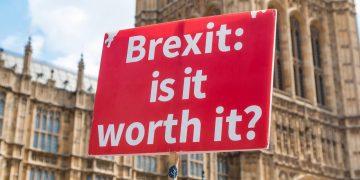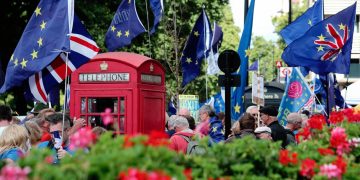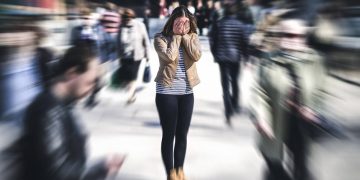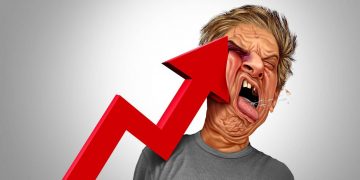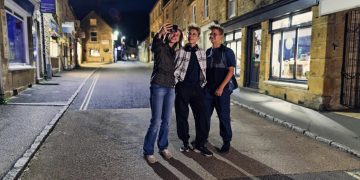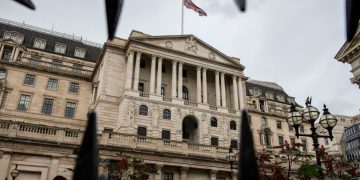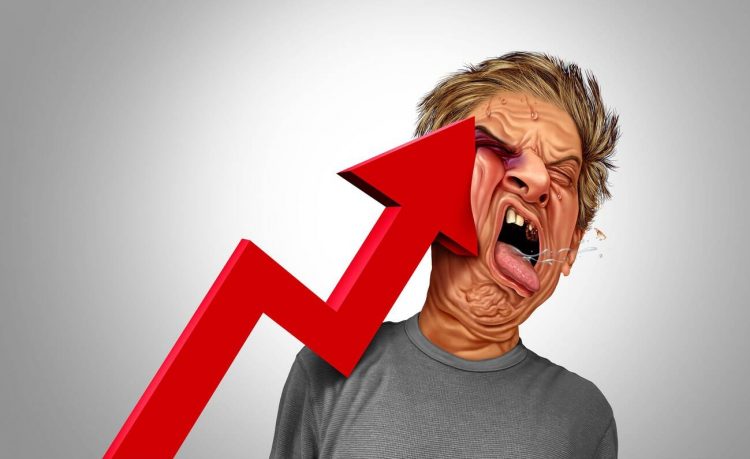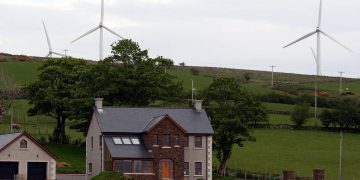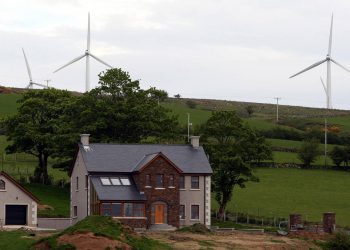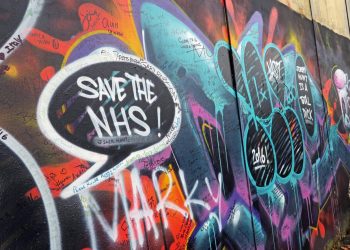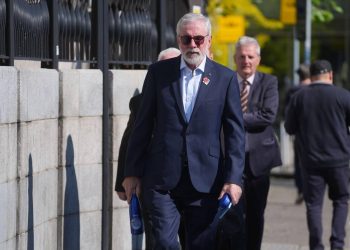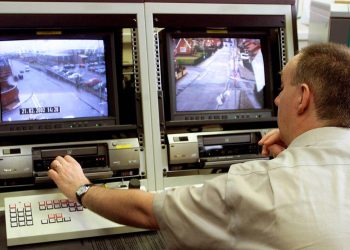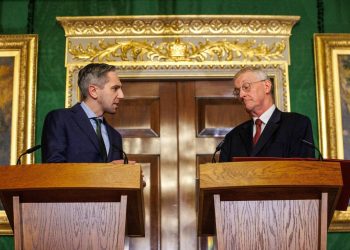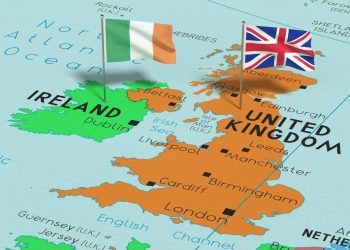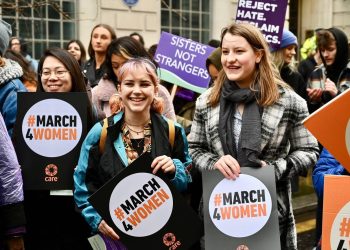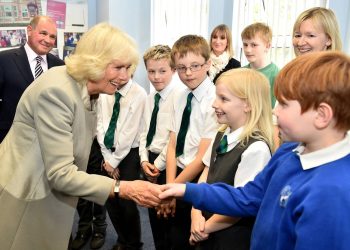The UK is experiencing a rise in financial hardship, with a study indicating that many Britons may plunge into poverty without doubling wages. Data from 2021-2022 reveals that approximately 22% of the UK population lived in poverty. This piece delves into the growing financial challenges in the UK and explores their impact on the worsening poverty levels.
The need to double incomes to get rid of povertyFinancial hardship in the UK
Financial hardship in the UK has intensified in recent years. According to a new report criticising high-scale social failure, millions of Britons will need to more than double their incomes to lift themselves out of poverty. According to the Joseph Rowntree Foundation (JRF), six million people were in extreme poverty in 2021-2022, up 1.5 million from 20 years ago. This means this huge population received less than 40% of the national median income after housing costs. These people would need an extra £12,800 a year to reach the poverty line, defined as 60% of the average income.
The inability of millions of people to meet the costs of living
In 2021-22, 14.4 million individuals in the UK, including 4.2 million children, lived in poverty and struggled to cover essential expenses such as food and energy bills. According to the JRF’s report, the cost of living crisis has deepened, resulting in one million more people being classified as living in poverty compared to the previous year. The projected number of poor individuals in the UK for 2022 is 13.5 million, with 3.9 million children. Paul Kissack, JRF’s group chief executive, highlights that it has been almost two decades and six prime ministerial terms since poverty levels in the UK were last reduced. Instead, over the past 20 years, poverty rates have risen, leading to more families falling below the poverty threshold.
The extreme poverty of 6 million Britons
According to the JRF report, 6 million people had incomes below the standard poverty line in 2021-22 and, as a result, were in very deep poverty. The poverty gap and the amount of money needed to bring the income of the poorest people back to the poverty line have also increased. To escape poverty, people in this category must earn more than twice their current income. A couple with two children under 14 is classified as very poor if their annual income is below £14,600 ($18,519). Larger families, disabled people, part-time workers, and the self-employed, as well as people who are renters, are among those who face high levels of poverty.
Deepening poverty since the mid-1990s
Using the case of a family consisting of a couple with two children below 14 living in poverty, the JRF indicated that the average income for such households, after accounting for housing costs, is £2,190. This family would require an additional £6,200 annually to reach the poverty line. In the mid-1990s, after adjusting for inflation, the gap was £3,300. The foundation has raised concerns that the poverty gap, representing the amount needed to raise the income of individuals in poverty to the poverty line, has widened over time. The JRF highlighted the deepening struggles faced by millions of people across the country since the mid-1990s, noting years of political inaction in addressing poverty. Ahead of the elections, the JRF urged political leaders to articulate their plans for improving the population’s living conditions.
The beginning of the dire economic situation in 1970
Over the past two decades, escaping poverty has become significantly more difficult. This is while many efforts have been made in these two decades to eradicate poverty. Also, by analysing broader trends, it is clear that the poverty rate has older roots and has been on the rise since the 1970s. Earlier, the JRF announced that the number of English people living in poverty has increased by 61% between 2019 and 2022, and 3.8 million people have reached the stage of poverty. If the family members live with less than 60% income except for housing expenses, they are considered below the poverty line. In poor households, the average income is below 59%, considered below the poverty line. This social gap has increased by about two-thirds in the last 25 years.
The negative effects of poverty on the lives of millions of Britons
More than one in five people in the UK were in poverty in 2021-22, as energy bills and the price of necessities soar, raising alarm bells amid a cost-of-living crisis. Report says that Covid-19 lockdowns have disastrously affected Britain’s social fabric. The coronavirus pandemic has caused a social divide in the country that mirrors the Victorian era (1837-1901). The Center for Social Justice (CSJ) think tank warns that after the COVID-19 pandemic, Britain is in danger of returning to the divisions of society in the Victorian era, defined by a wide gap between the affluent and middle class of society and the depressed and poor lower class.
British economic decline during the conservative period
Research by the CSJ argues that the most disadvantaged people in society are no better off financially than during the global economic recession 15 years ago. The CSJ’s report notes a deep divide between those who can make ends meet and those stuck at the bottom. The gap was widening after years of increasing family instability, stagnant wages, poor housing, and troubled community life, but the lockdowns implemented during the COVID-19 pandemic were dynamite.
Increase in English mental disorders under the influence of poverty
Six in 10 people say the quality of life in their area is good, but this drops to less than two in five in deprived areas. Twenty years ago, one in nine children was diagnosed with a mental health problem. This figure is one in five and rises to almost one in four for 17-19-year-olds. If this trend continues, by 2030, more than one in four children between the ages of 5 and 15, about 2.3 million children, may suffer from some form of mental disorder.
Failure of Conservatives in British economic management
Financial hardship in the UK has intensified during the Conservative period. The lives of millions of Britons are entwined with poverty, family breakdown, stagnant wages, inadequate housing, chronic disease, and crime. The new findings of an unbelievably sharp rise in poverty have dire consequences for Prime Minister Rishi Sunak, with the Conservatives trailing Labour in the polls after 14 years in power. Recent reports show that in recent years, especially after the outbreak of COVID-19, the policies of conservative governments have harmed low-income people in such a way that the gap between the so-called haves and have-nots has deepened.

